While the launch of the Steam Deck was the opposite of pompous, headlines surrounding Valve’s PC gaming handheld have jumped out left and right throughout the last 18 months. As we get closer to the Deck’s first anniversary, the time’s perfect to look at the impact it’s had on the PC gaming market.
At first glance, the Steam Deck hasn’t caused intense enough tremors to be detected by the broader, dare we say casual, gaming community. But if we dig around a bit, the ripple this tiny gaming machine had on the underlying gaming topography is more extensive than anyone could foresee back in mid 2021 when Valve announced its foray into handheld gaming.
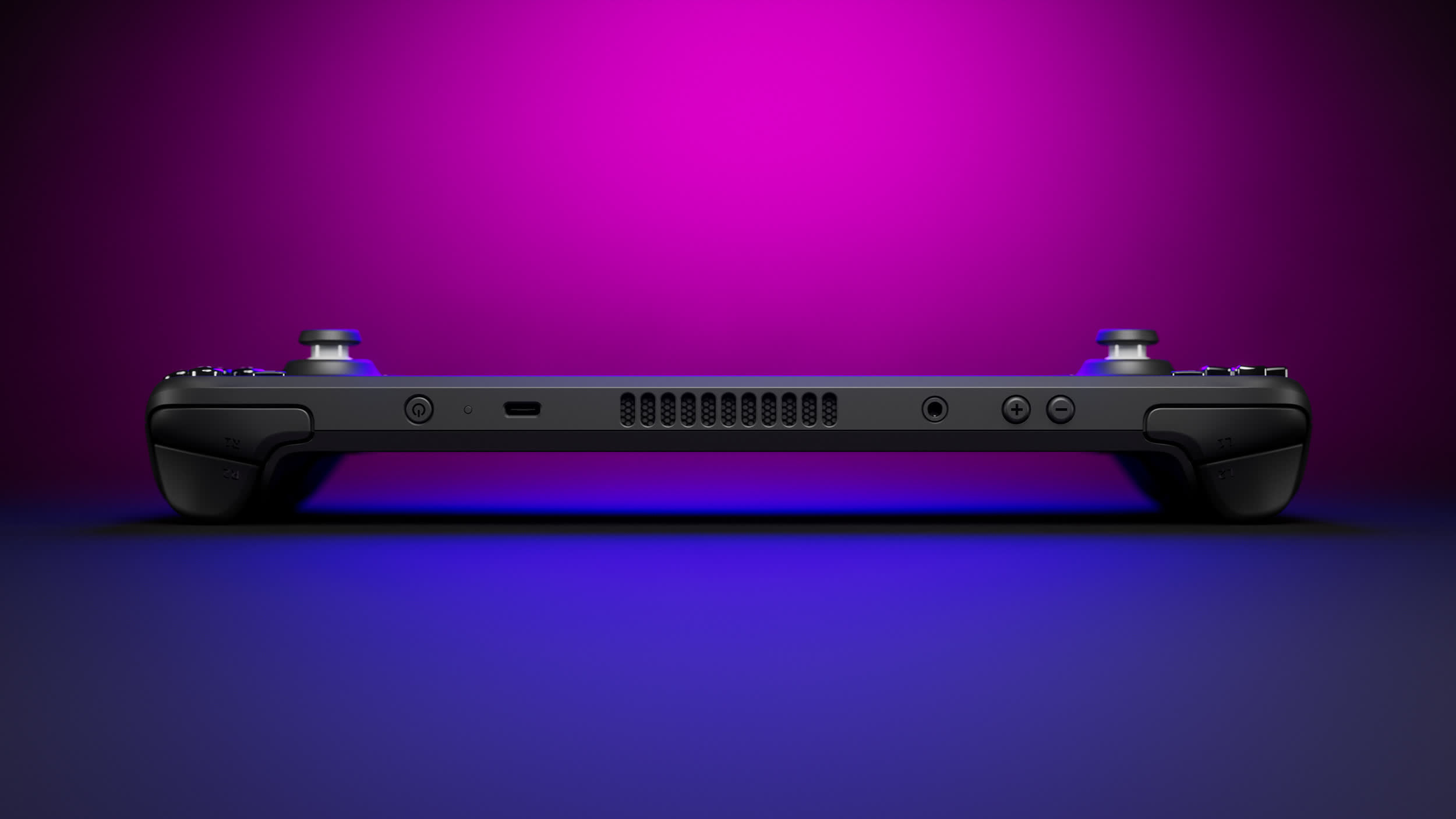
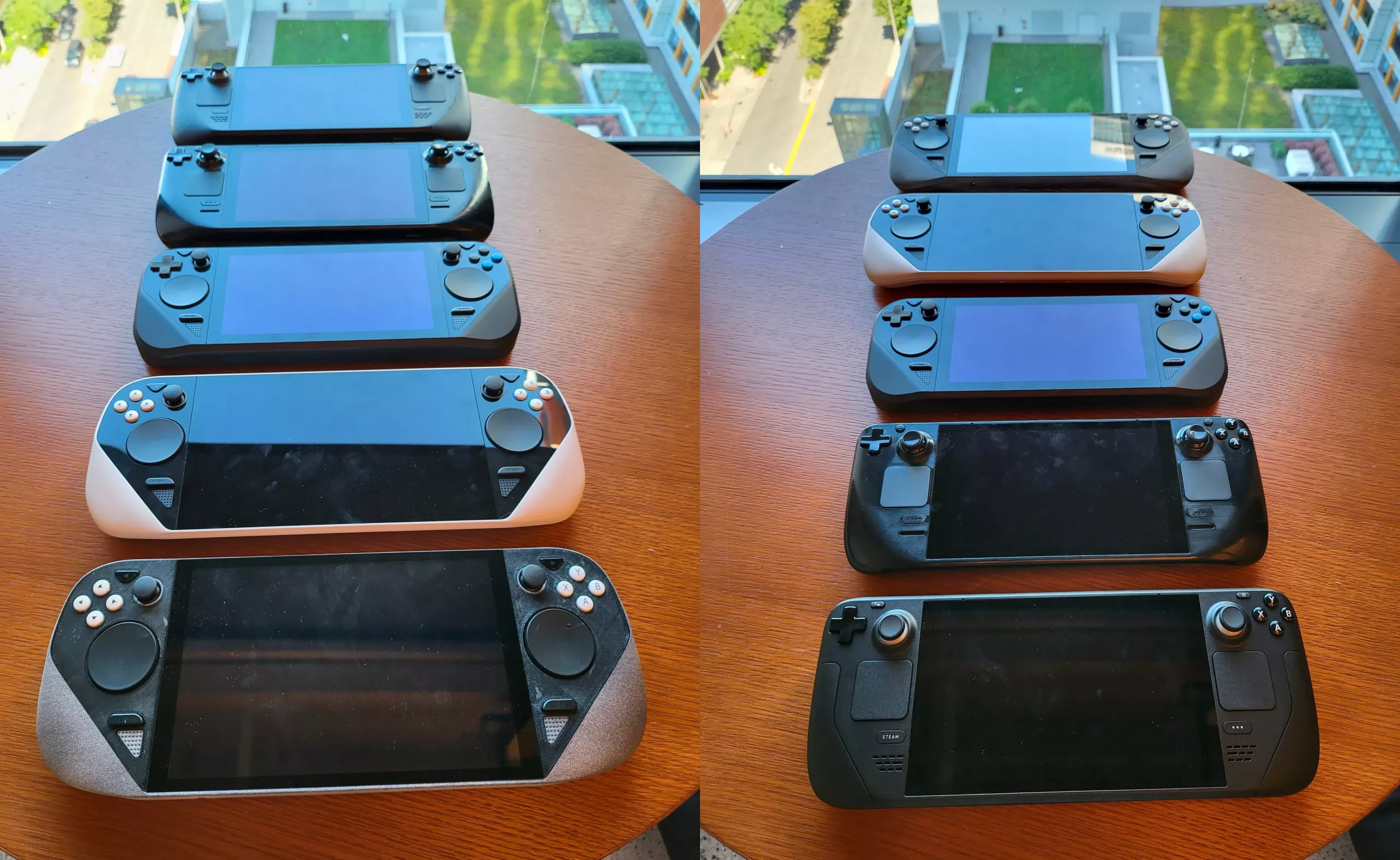
The Building Blocks
Before the PlayStation Portable, handheld consoles were relatively simple gaming machines made to emulate big screen experiences but in a compact form, with simplified visuals and gameplay. Then the Nintendo DS came and offered a similar type of handheld experience.
This time, however, Nintendo got a worthy competitor that was light years ahead in terms of hardware power compared to the humble DS. With the PSP, Sony showed gamers the world of AAA 3D games that were on par with what they could play on big consoles.
It also showed them that a handheld gaming console could be so much more.
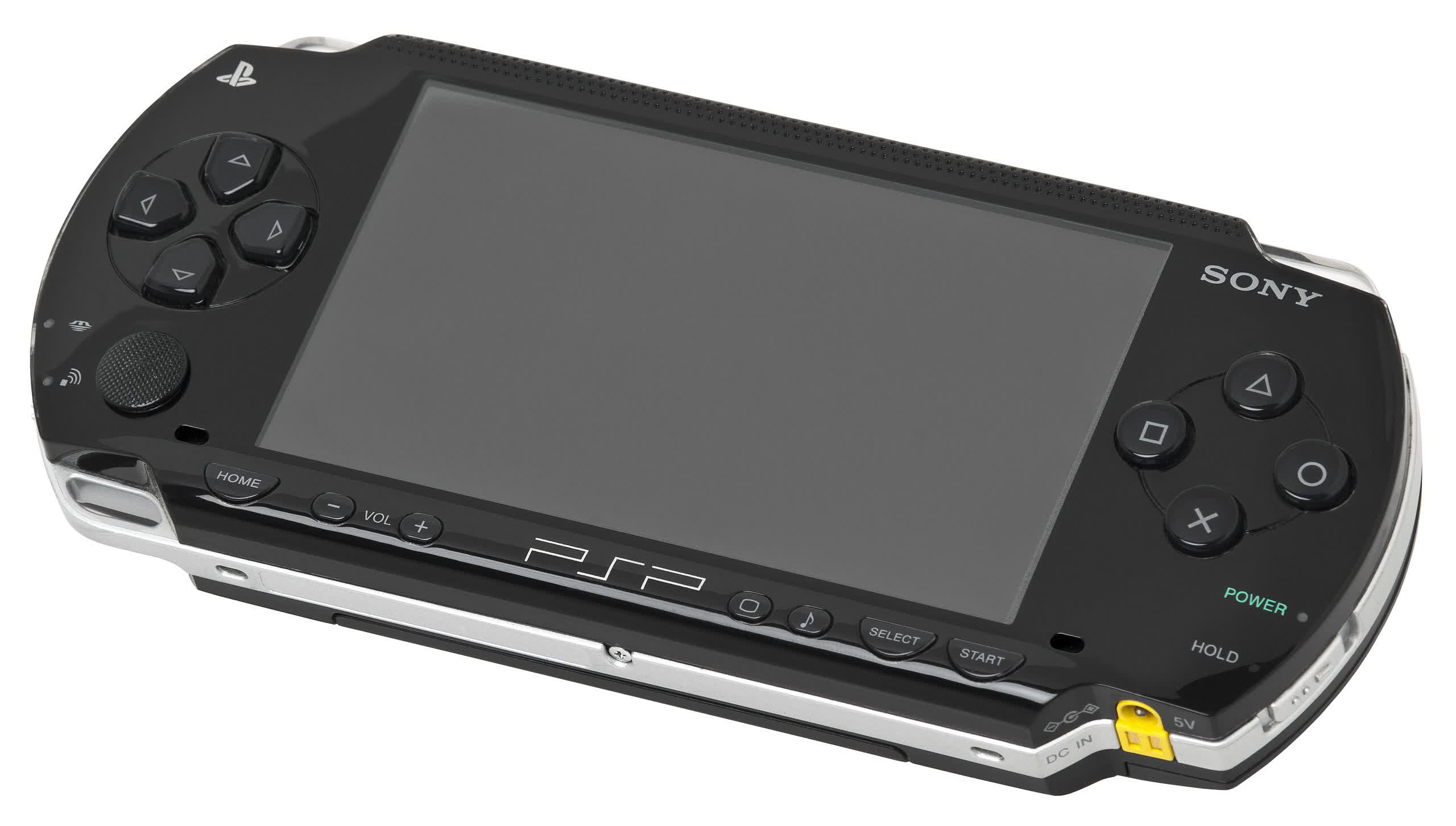
Portable Consoles and the Promise of AAA Gaming Experience
Before the golden age of smartphones, the PSP could play music and videos or browse the web without the need for a separate cartridge. Its successor, the PS Vita, had immensely powerful hardware for the time, but it crashed and burned due to various factors. Perhaps the most important part of its legacy is that it was the first handheld console to focus on the bustling indie scene then limited to Steam.
Shahid Ahmad, a former PlayStation executive responsible for the Vita’s indie embrace, even called it “a portable Steam machine.” Instead of pushing games with demanding visuals, it has gotten back to basics. The indie spirit was later passed on to the Nintendo Switch, with Steam Deck grasping that indie essence from the get-go.
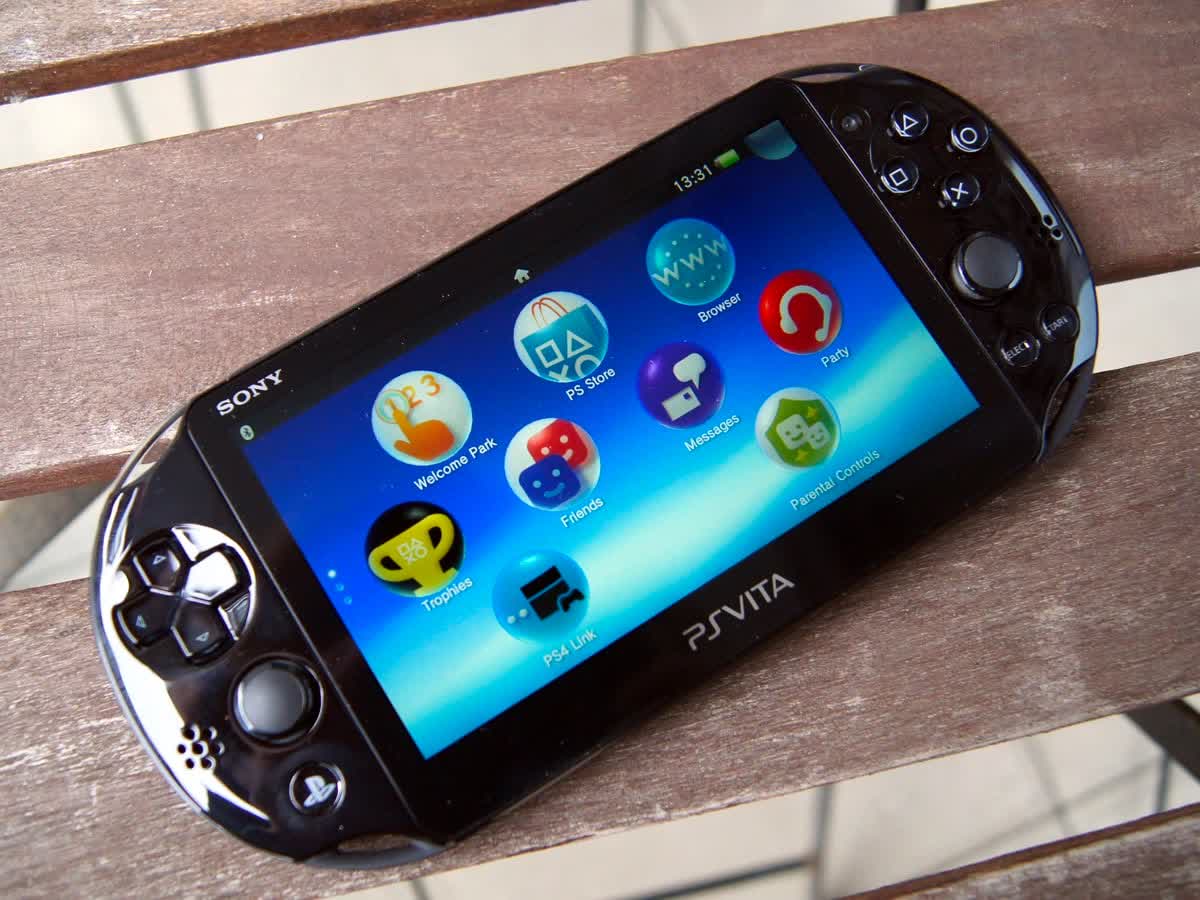
A decade of exile was over and indies have now returned to their childhood home. Indie game experience on the Deck is an indispensable cornerstone for the success of Valve’s handheld console. But this tiny console can also run blockbuster AAA titles, continuing the legacy of both PS portable consoles.
Steam Machines & Proton
The second building block can be found in Valve’s past hardware products. Back in 2013, the company tried to reinvent the wheel with Steam Machines but the project crashed bombastically. There were many reasons that led to the failure, some of the most important ones listed in this prophetic piece by ZDNet, published in early 2014.

The important thing here is that a few valuables were salvaged from the ashes. The first trinket was the experience people at Valve had gained during the Steam Machine saga. As Valve designer Greg Coomer said during an IGN interview, “I don’t think we would’ve made as much progress on Steam Deck if we hadn’t had that experience.” The Steam Controller also didn’t die in vain since its revolutionary touchpad controls have found their way to the tiny gaming PC.
And while learning from past mistakes is important, SteamOS is the most prized piece salvaged from the wreck. Valve’s persistence to make Linux a viable gaming platform ultimately paid off. And thanks to Valve, we’ve got the Proton compatibility layer, which is nothing short of a miracle for every Linux gamer. The second Steam Deck foundation has been set.
AMD Fusion
The last seed that would grow into the Deck’s final building block was planted over a decade ago. AMD Fusion, the project that led AMD to purchase ATI in 2006, suffered from many growing pains. With the release of its first APU in 2011, the project was deemed a success.
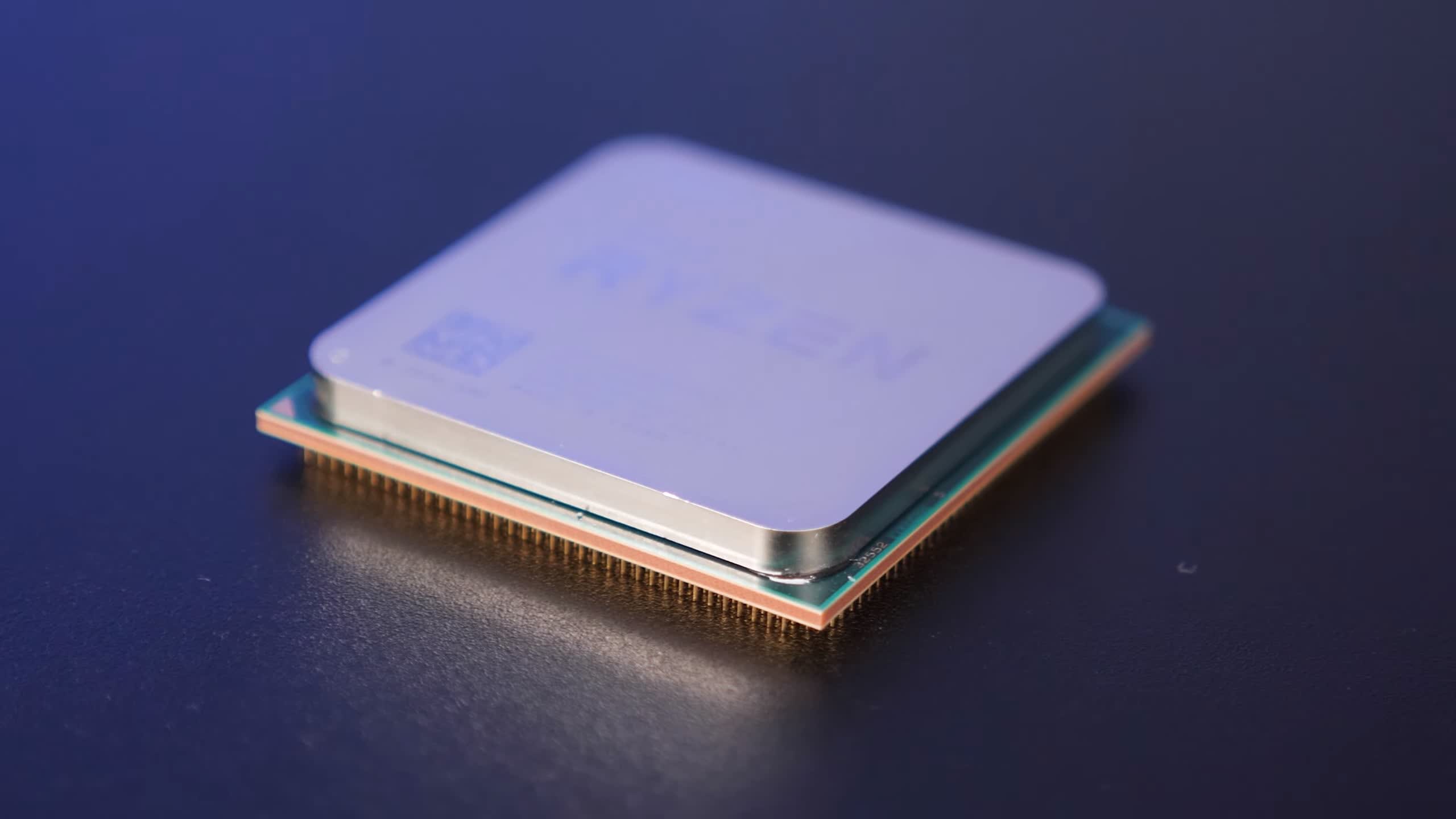
Plenty has happened since then. AMD wasn’t doing so great in the early aughts, with Sony and Microsoft keeping it afloat by using AMD x86-based CPUs in their eighth-gen gaming consoles. The company’s bet on Ryzen eventually paid off. And with the experience gained from supplying silicon for the PS4 and Xbox One, AMD has improved their APU technology with Steam Deck debuting a next-gen, RDNA 2-based APU.
The Perfect Storm
Great timing is as important as including the right features and supporting your product the right way. The PS Vita is one such product that was ahead of its time. If we look at software, Vine comes to our mind as a software product that landed a decade early, before the public was ready for it.
In my opinion, Valve released Steam Deck at the perfect moment. The company was also ready to provide superb support for it and the plethora of possibilities found inside the Deck’s tiny chassis, matched with Valve’s supporting stance towards modding also contributed to the Deck’s success.
The Rise of Handheld Gaming PCs
The Samsung Q1 and AMtek T700 were among the first UMPCs (ultra-mobile PCs) and the original heralds of things to come. The more famous forerunner was the Asus Eee PC. Back when Project Origami (code-name for the Samsung Q1) first leaked, many were wondering — and hoping — that we would finally see a portable gaming PC. Those sweet gaming dreams were crushed even before Microsoft unveiled the device. The Eee PC was similarly underpowered for gaming but the dream lived on.
It would take many more years until the GPD Win, the first proper handheld gaming PC that could be used for actual gaming, came out. It wasn’t very powerful and struggled with older AAA titles. But as a proof of concept, the GPD Win was kind of impressive.
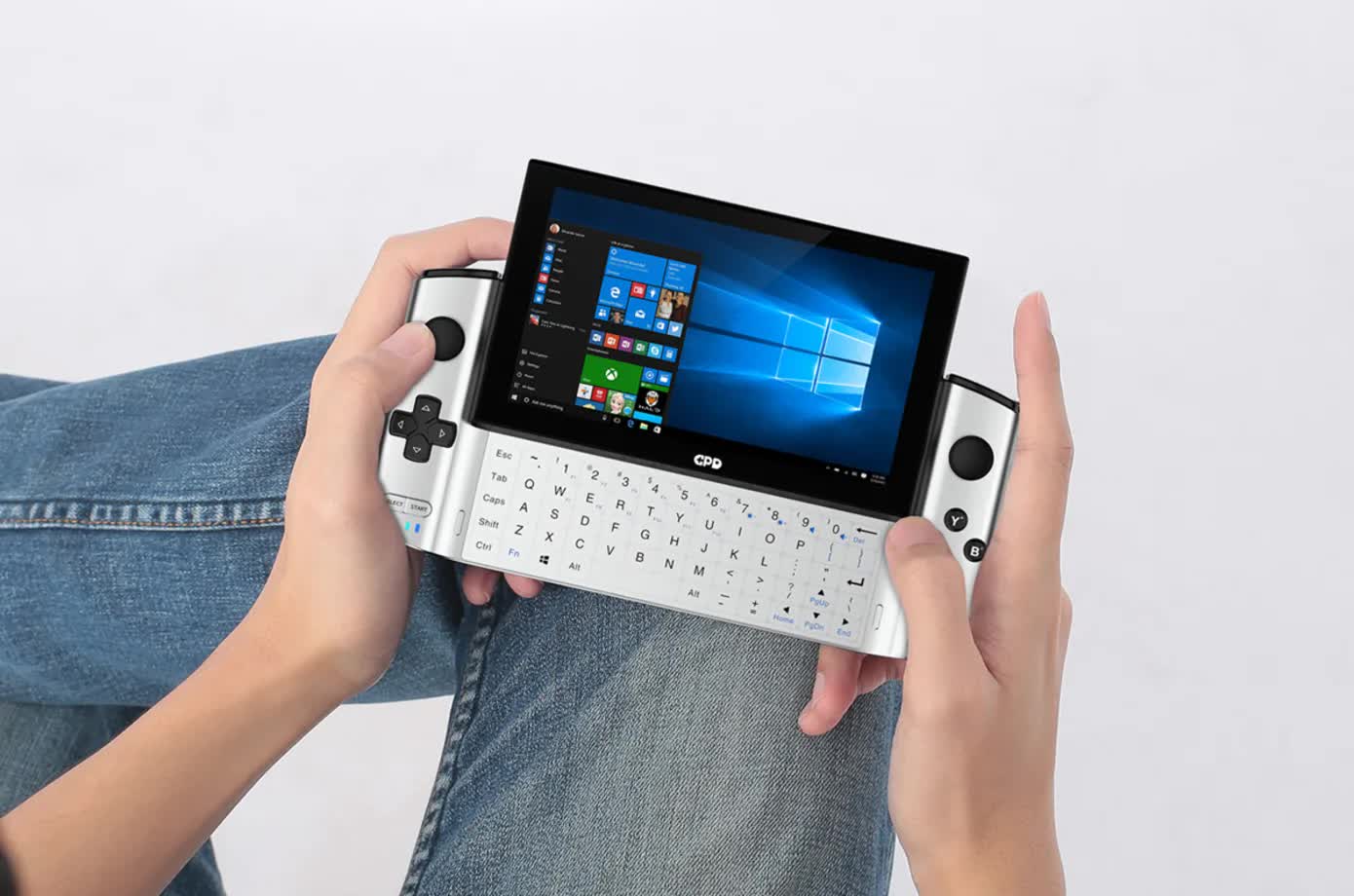
GPD doubled down with the Win 2 and Win 3, all of which were using (somewhat ironically) Intel’s CPUs, with the GPD Win 3 packing an Iris Xe iGPU capable of running modern AAA games at playable frame rates.
And while the GPD Win series managed to raise the heads of tech enthusiasts, the wider gaming scene didn’t notice the up-and-coming handheld gaming PC trend until Dell showed its Alienware UFO prototype in 2020. The market slowly grew with more players entering the pitch, albeit they were all boutique efforts with the likes of Ayaneo and One-Netbook. Many seemed interested in getting a handheld gaming PC, but they were all quite expensive.
You could argue that Steam Deck arrived right when the interest in tiny gaming PCs peaked and was the first device to offer a competitive price, similar to what other gaming consoles are selling for.
You can play AAA PC games on the Deck while on the go, but you can also hook it to a dock and use it as you’d use a proper computer. Think of the Nintendo Switch but for general purpose computing. For work, media consumption, or even to play games on an external monitor. Hell, you can even install Windows on it if you like. This transformative flexibility is a big part of why so many owners love their Decks.
Mature Hardware that Doesn’t Cost an Arm and a Leg
AMD has amassed tons of experience making console SoCs and PC Vega-based APUs weren’t anything to sneeze at. They offered pretty solid low-end gaming capabilities. But in 2022, Vega wasn’t the best choice for an APU that could be used in a gaming console, which should last for a number of years.
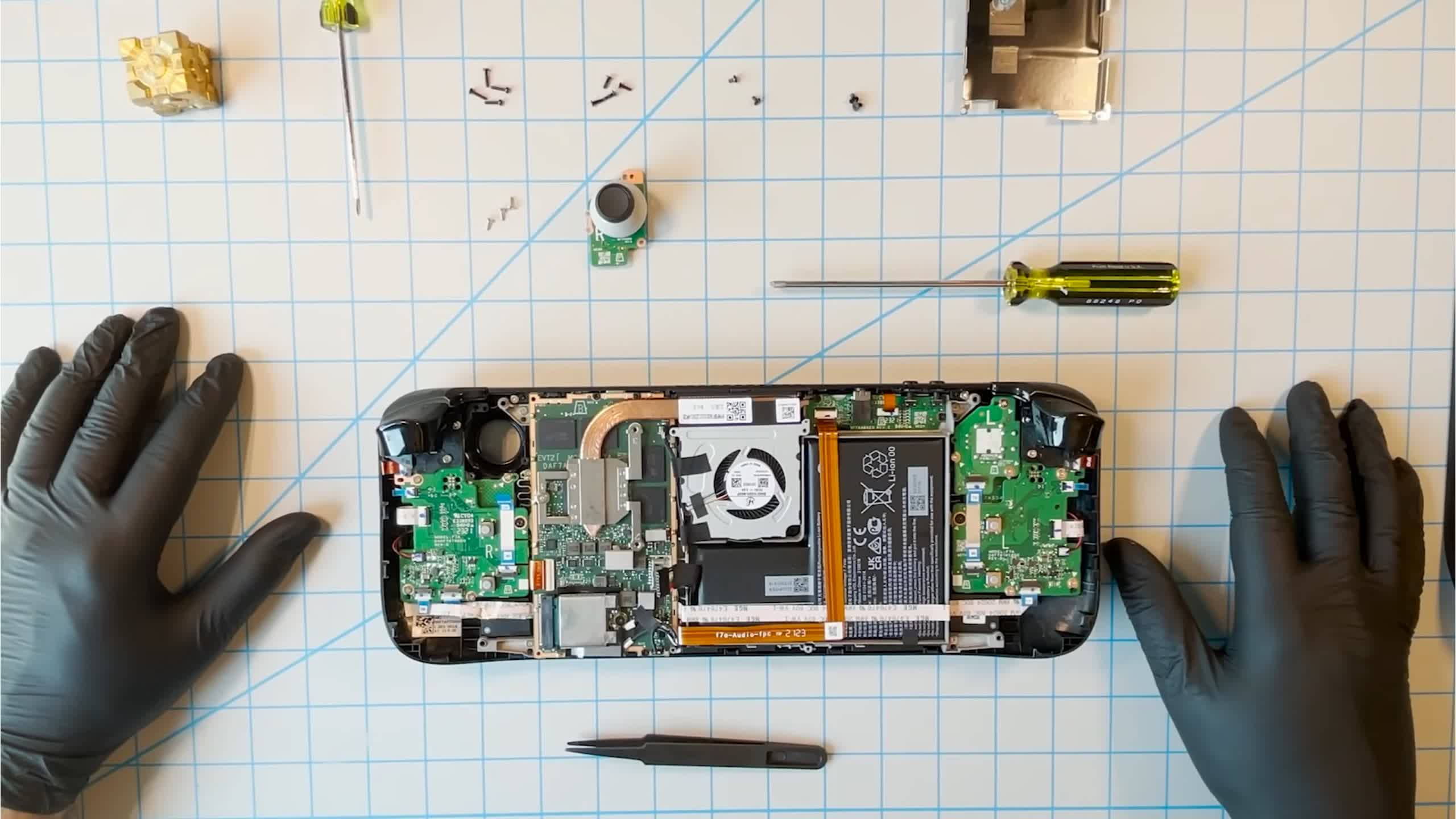
The long-rumored APU used in the Deck combines a quad-core Zen 2 CPU with an integrated GPU made of 8 RDNA 2 compute units. The “Van Gogh” chip in the Steam Deck is capped at 15W and comes with 16GB of unified LPDDR5 memory. The overall performance is quite close to the power of the PS4 but with double the memory and much lower power consumption — the PS4 Slim, for instance, uses 80 watts of power when running demanding AAA titles.
The fact that the technology used in the Steam Deck isn’t on the bleeding edge also allowed Valve to pack a reasonably powerful solution into its handheld without pushing the price into the stratosphere. That’s a huge advantage Valve had over smaller brands that gave birth to the handheld gaming PC market. Valve has the influence and sheer size to have AMD cooperation in creating a semi-custom compute solution for the Deck.
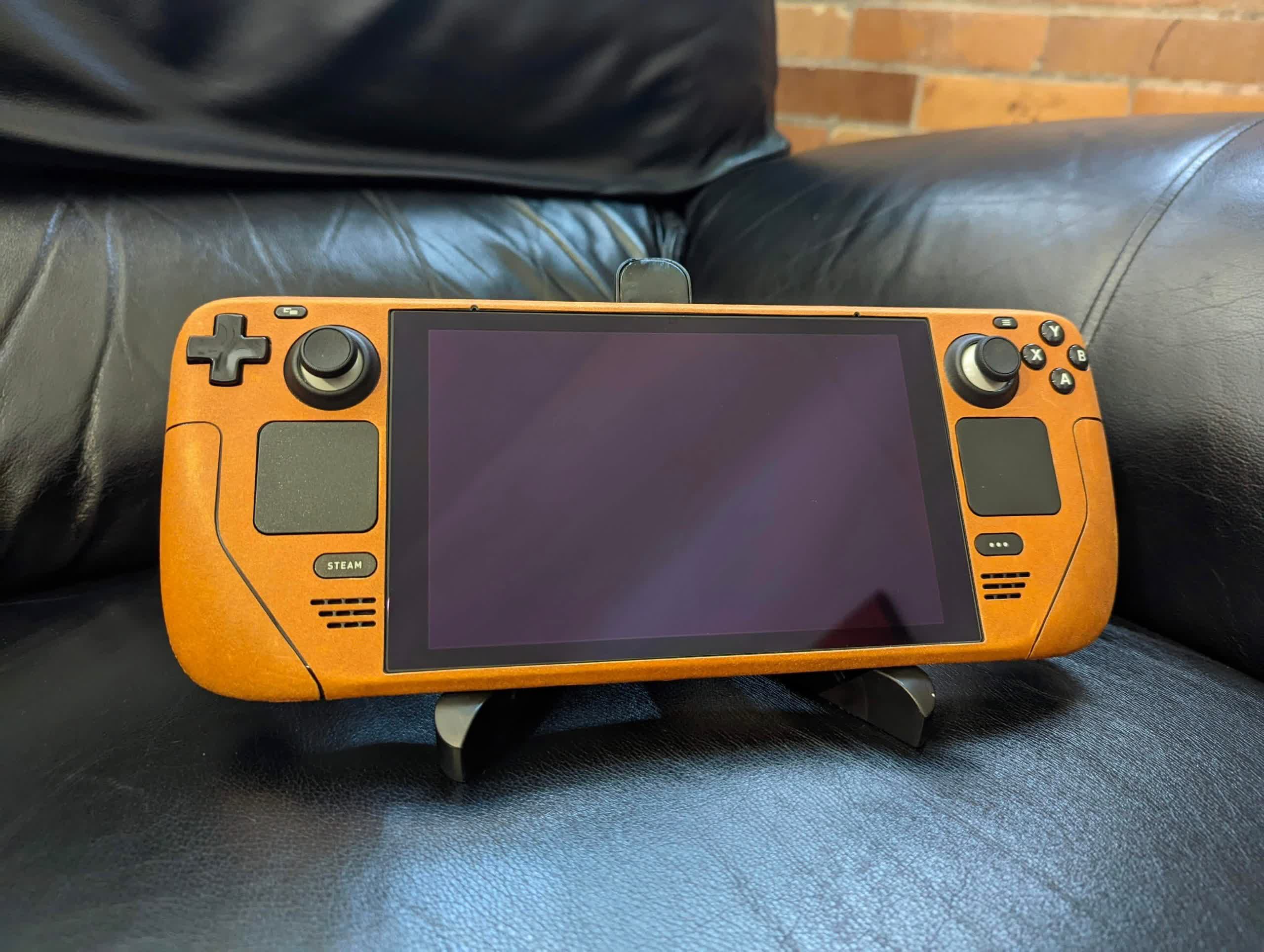
A reasonable $399 price target is explained by economies of scale and the fact that Valve owns Steam. This is an affluent private-owned company where employees, or Gabe for that matter, don’t have to worry about making quick profits and keeping the stakeholders happy.
Not unlike the business model used in Xbox and PlayStation, this allows Valve to lose money on hardware while reimbursing the lost revenue with software sales. A luxury only accessible to Sony, Microsoft, Nintendo, and perhaps Epic Games. Gabe Newell said that deciding on the Steam Deck pricing was “painful,” further proving that Valve probably doesn’t see much return in selling the Deck.
Software Update Cadence and the Bustling Deck Community
The Deck arrived with a long list of issues, most of them tied to SteamOS. Even issues that seemed hardware-based, such as stick drift. But Valve wasn’t idling. The company started to churn out software updates as soon as the Deck was released. The update cadence was and still is, admirable, some 11-plus months post-launch. The Steam Deck has received a slew of updates that squashed bugs but also brought a plethora of new features.
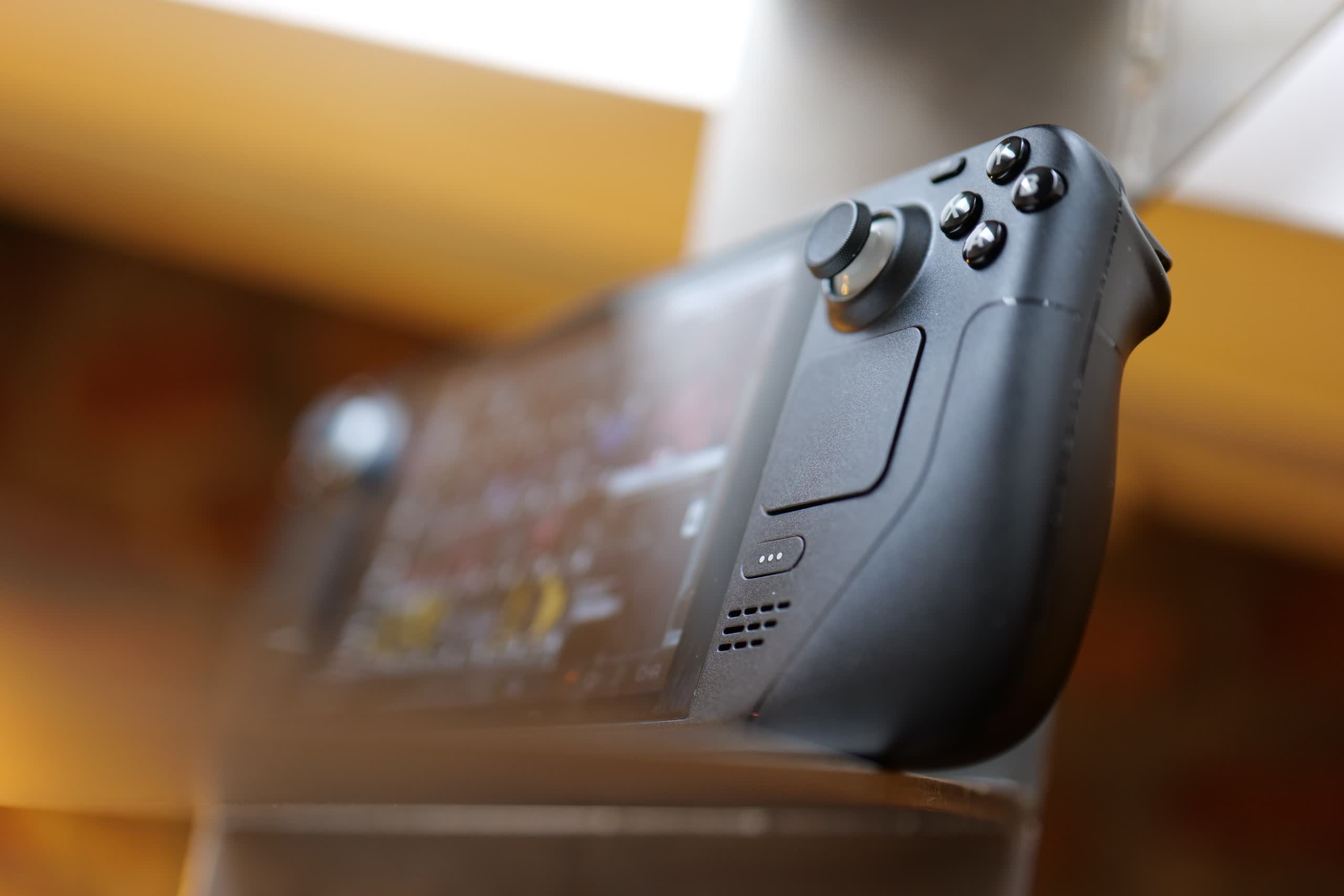
Stuff like the 40 Hz fps cap, dropping a bunch of shader pre-cache files, or custom performance profiles. And let’s not forget that the list of verified and playable games has grown from less than 300 in February 2022 to more than 7,000 at the end of 2022. Talk about commitment.
Stuff like this has made the community fall in love with the Deck, even though the console is more or less a beta product.
The enthusiasts among us saw what Valve was doing, so they decided to pitch in. Currently, the bustling community behind the Deck is responsible for some of the coolest stuff available for the console. Stuff like Heroic Games Launcher and Lutris allow Steam Deck owners to install games from other stores. There are also custom boot videos. And let’s not forget the fantastic EmuDeck, a godsend for any owner planning to use their Deck for emulation.
Open Ecosystem, Massive Game Library
In a time when closed gardens are being built all around us, it’s so refreshing to see a large company pushing for an open approach to its ecosystem. Instead of closing down the gates, Valve made them wide open.
The company gave us a sneak peek inside a Deck, released CAD files for its console so fans and other businesses could come up with custom parts and add-ons, and partnered with iFixit to publish repair guides and replacement parts for the console. The Linux-based SteamOS has allowed all those sweet homebrew goodies we mentioned above, too.
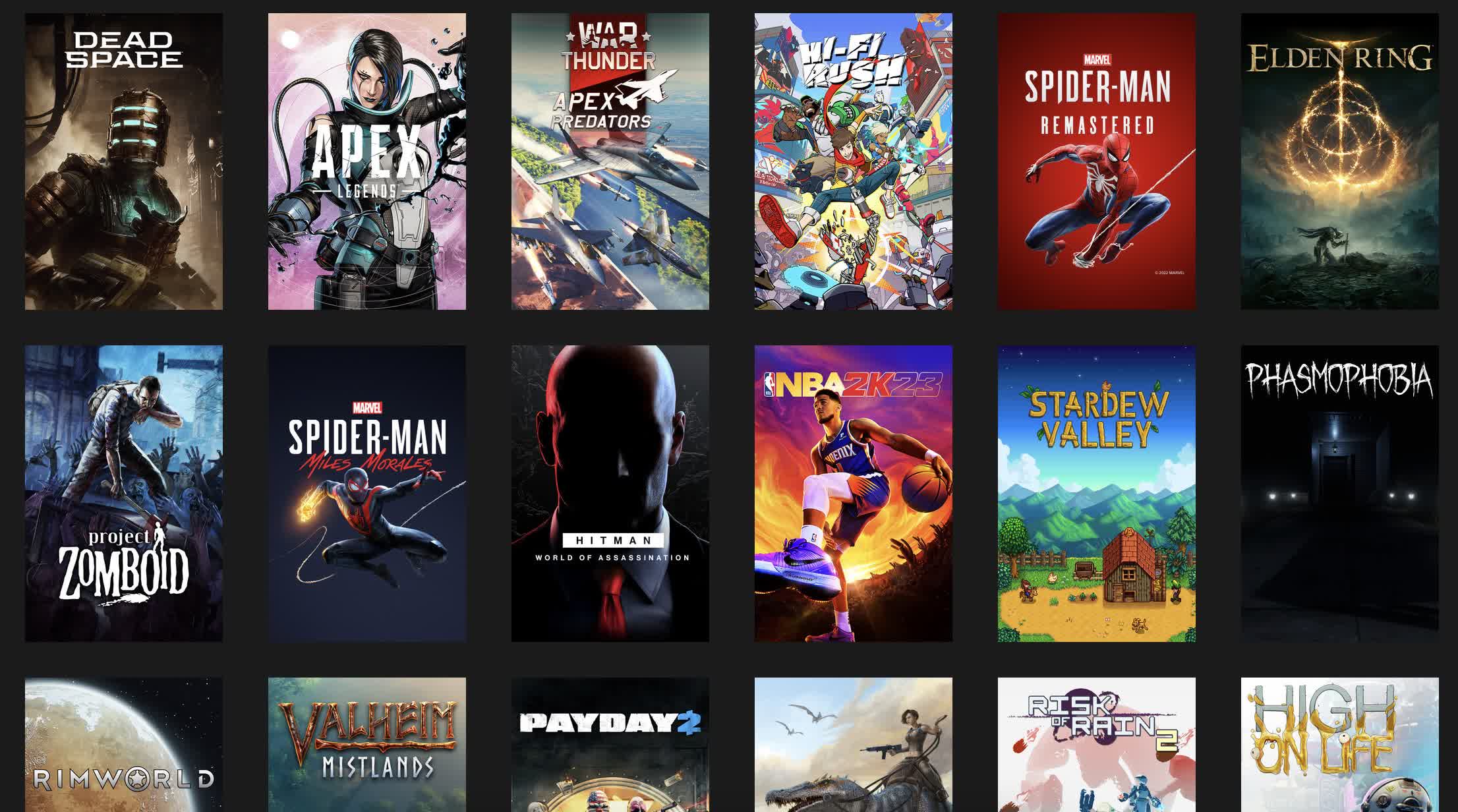
The device also has many custom add-ons, including hall effect analog sticks that will make you forget about stick drift. Then there’s its unbeatable emulation potential or the fact that indie games – most of which are more enjoyable to play on a handheld while laying on a couch than sitting on the same chair you’ve sat the whole day at working – are getting more popular and are on course to overtake AAA titles when it comes to sales numbers on Steam.
A unique weapon in Steam Deck’s arsenal is the fact that you can play 7,000+ games on it less than a year after it came out. This is unheard of in the world of handheld consoles and something that was a pipe dream in the world of home consoles, too, until the current generation.
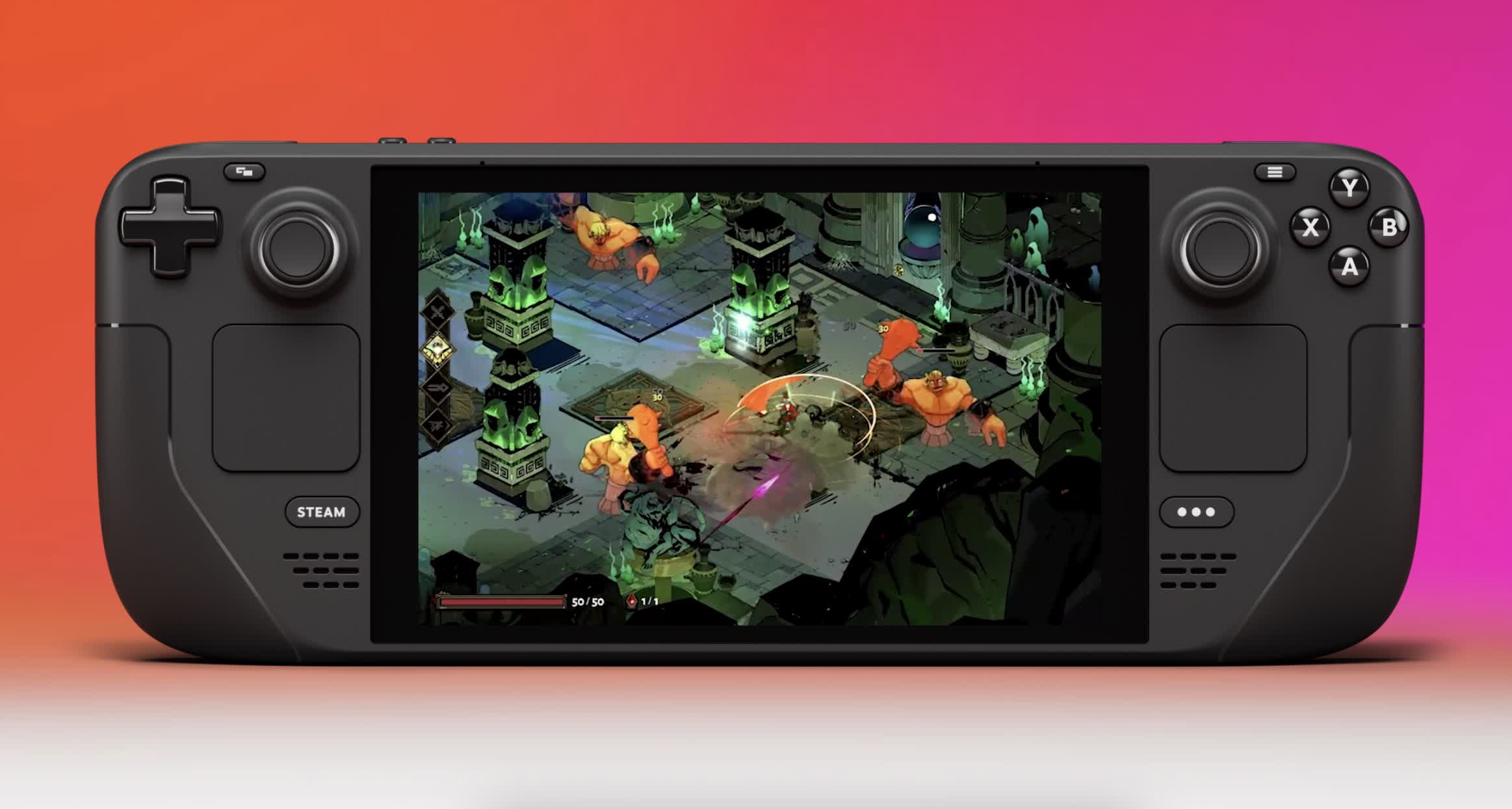
Instead of being greeted with dozens of launch titles at best, with the library slowly expanding over the years, you can play most of your backlog on the Deck right now. For comparison, the Nintendo Switch library includes ~4,400 games six years after its release.
And even when Steam Deck becomes too sluggish to run future titles, you can rest assured that you’ll be able to play thousands of games available on Steam as well as tons of upcoming indie titles. Most of which, we’re sure, will work on the Deck even a decade after its release. You won’t get that with any other console.
Kinks to Iron Out and Sales Numbers
The Deck still possesses its share of issues. For instance, the device seems underpowered to run some of the most demanding AAA titles already. The tiny PC lacks the horsepower to run games such as The Callisto Protocol or Gotham Knights at playable frame rates. Both of those appear to be massively CPU-limited. However when you run a well-optimized title, such as Plague Tale: Requiem or NFS Unbound, you can get a steady 30 fps experience without major hitches.
Most multiplayer games not being playable on the Deck could be a boon, not an issue. Not only because those games are meant to be played on a big screen with triple digit frame rates, but also because it would be pretty cool to have another single-player focused gaming platform, along with the Nintendo Switch.
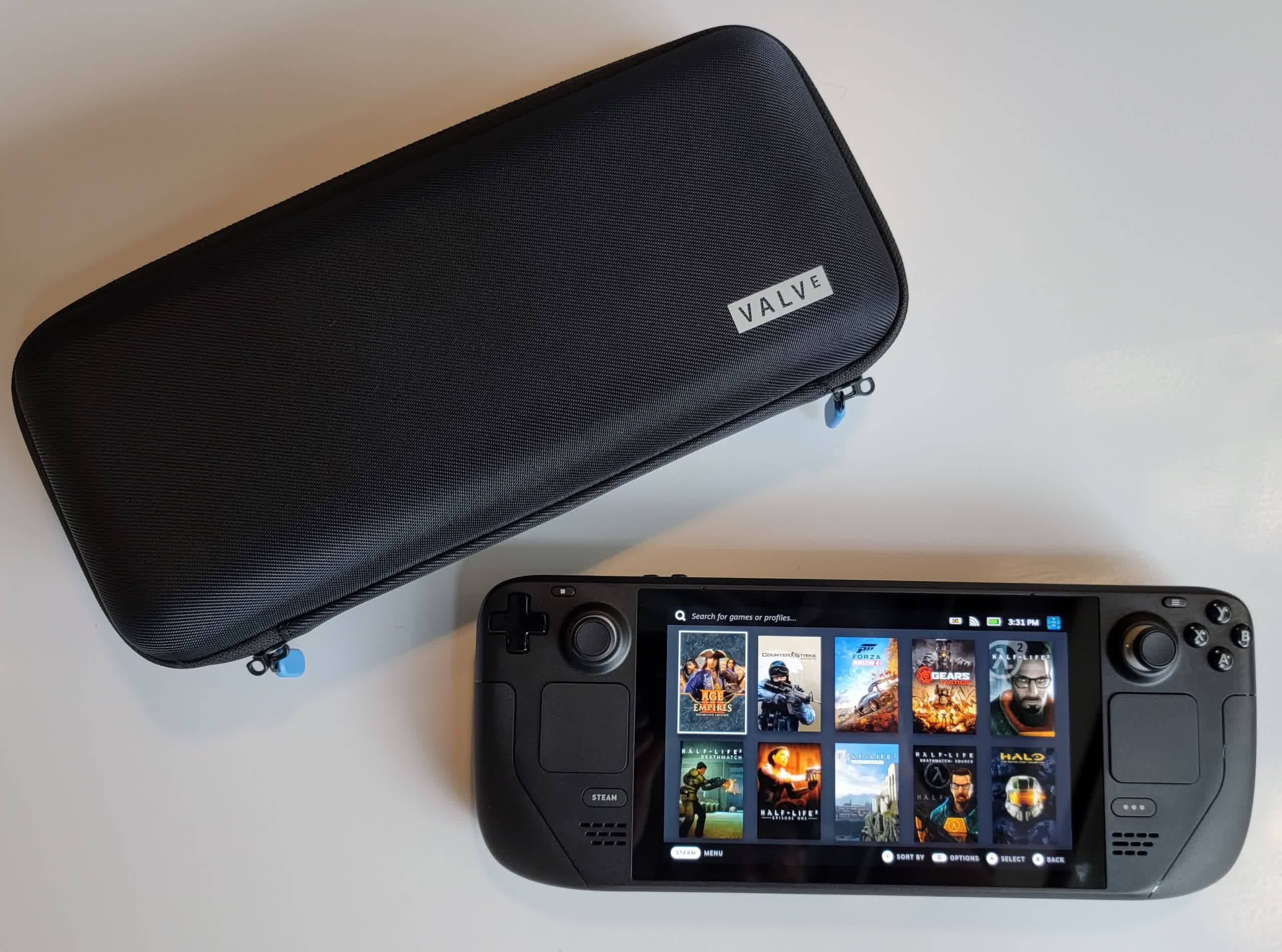
A critical potential issue is what will happen once we start getting AAA games that require DirectX storage? Will Valve or the Proton team brew another magic potion, or will DirectX storage be the end of AAA gaming on the (first-gen) Deck? The former’s more likely because Linux already has a similar feature called Peer-to-Peer DMA. However, Deck units without an SSD could be left behind.
And if we’re being honest, some of 2023 heavy hitters such as Stalker 2 or Atomic Heart will most likely be too demanding for the Deck to run at acceptable frame rates. Deck owners at least have access to Steam Remote Play and Moonlight, both of which offer superior latency compared to cloud streaming services.
And then there’s the sales numbers game.
While a portion of the gaming community raves about the Deck, the numbers show only about 1 million units sold as of October 2022. If we compare that with, then impressive, PS Vita sales, which amounted to 1.2 million units sold less than three months after its release in Japan, and less than a month after its NA release, the Deck sales figures look pretty modest.

But we have to put these in context…
Valve dropped Steam Deck reservations in October 2022, which means those 1 million units sold were mainly pre-orders and paid-for reservations. That info is also now months old. If the console followed the same selling tempo since then, that number could be north of 1.5 million units by now.
Valve sells the Deck on a limited number of markets and only via Steam. There’s zero brick-and-mortar presence, not even listings at major online retailers. Which takes us back to the point that Steam Deck lives in this sort of beta stage. If we look at the sales numbers through these lenses, they seem much healthier.
Also, the Deck managed to garner 1+ million sales with zero exclusives. Imagine any other console being deemed a success without exclusive titles. We know Valve’s working on multiple games at the moment, one of those could be slated for Deck.
Perhaps once Valve deems Steam Deck ready to exit its “early access” phase, it could make it available in more regions or start selling it in physical stores. Maybe sign contracts with third-party distributors. We know they already signed one to bring Steam Deck to Asian markets.
The Present and Future Developments
The most substantial achievement Valve can claim is making the long-lasting dream of having thousands of PC games, both AAA and indie, available in the palm of your hand. This accomplishment alone is enough to call the Steam Deck arrival the most important gaming hardware moment of the past year in my book.
What Valve did for Linux gaming with Proton is nothing short of a miracle. Not only did its open-source approach allowed for projects such as Proton GE, which brought Proton to every Linux distro, but the popularity of Steam Deck has removed the need for Linux ports and made many developers aware they can turn their games Linux-ready quite easily. Lots of future titles will be available on Linux on day one, which was unheard of before the Deck.
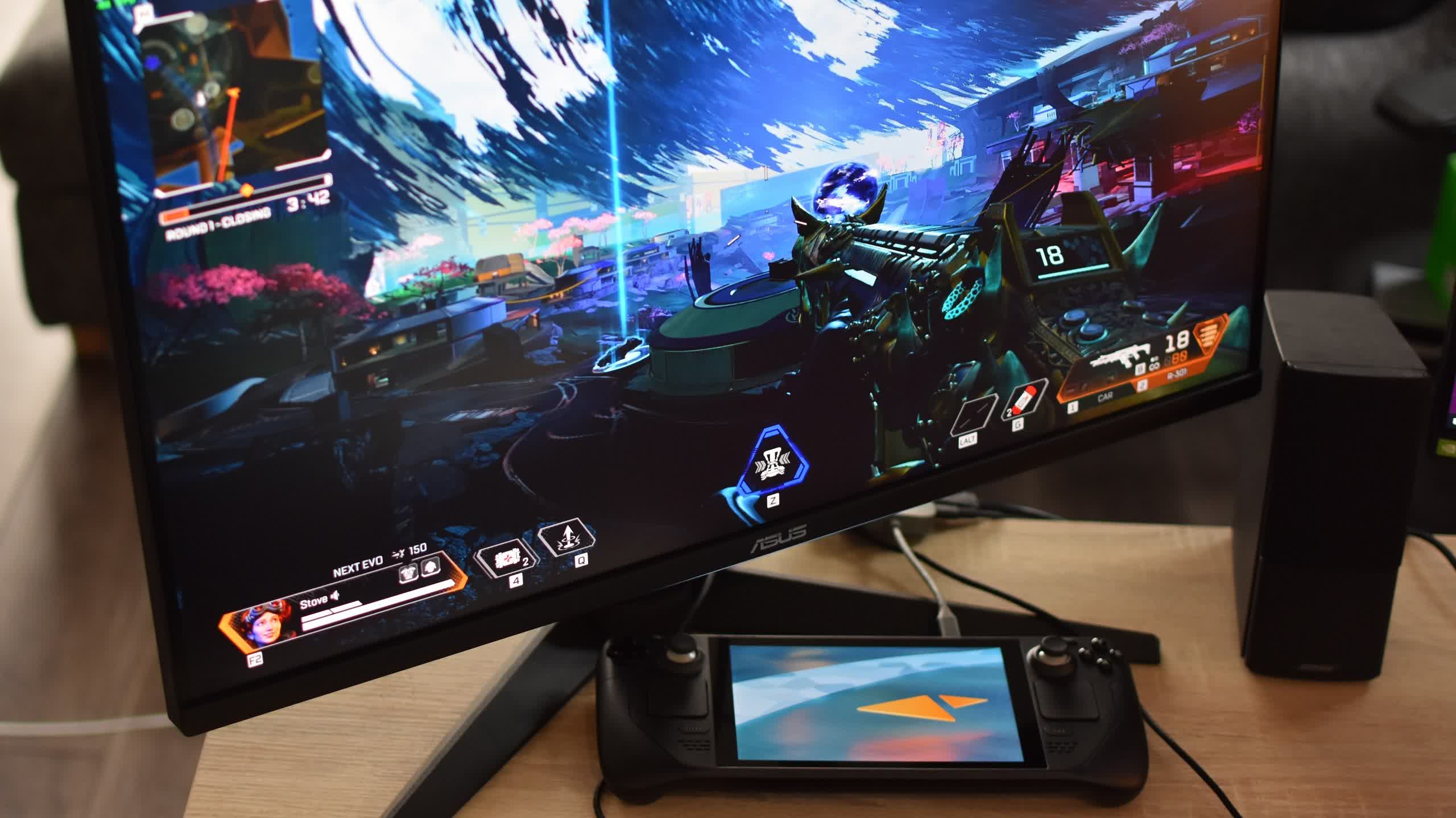
The Steam Deck has also revived the handheld gaming PC market. While most of those interested will end up buying a Deck, some will buy other handhelds, which are springing up like mushrooms after rain.
And who knows, Deck becoming a runaway success could get Sony back into the game. It could even make Microsoft step into the market. Imagine a handheld, sub-$200 Game Pass machine capable not only of streaming over xCloud but also supporting local game streaming from your Xbox or gaming PC. That would be awesome to see.
You could also argue that the Steam Deck has refreshed the PC gaming space that has for years focused on shiny visuals, ever faster hardware, chasing the latest multiplayer trends, busywork open-world game design, shallow and neverending GaaS model, and high frame rates even in single player titles. Nowadays, everyone’s talking about this tiny magic box and no one cares that visuals aren’t set to ultra or that frame rates aren’t reaching 60fps. Suddenly, 40 frames is good enough, and that’s great.
Could the 2020s become the decade when mainstream PC gaming turns handheld? If that’s the case, we can’t wait to see the Steam Deck’s story unfold.





